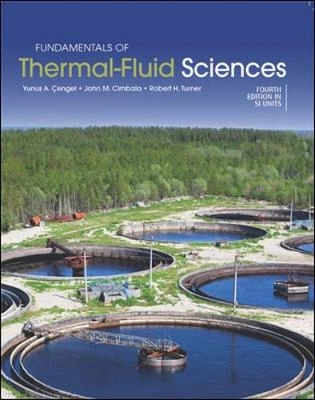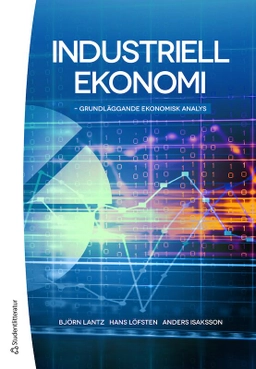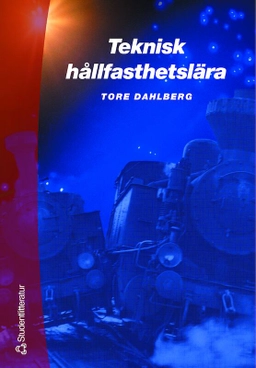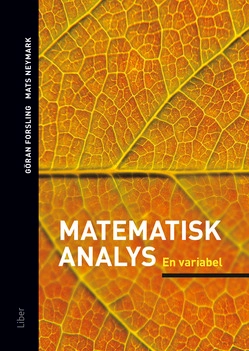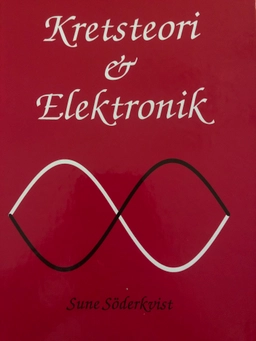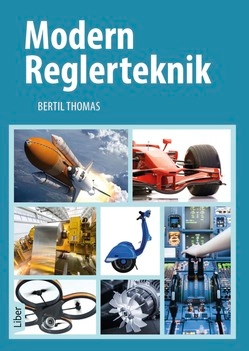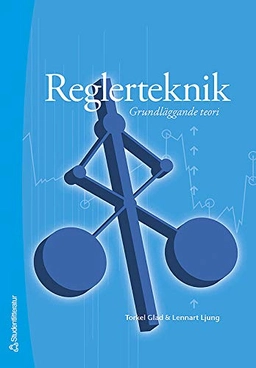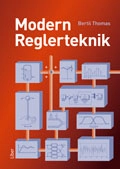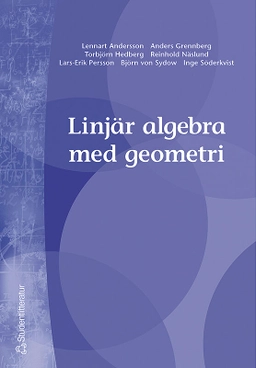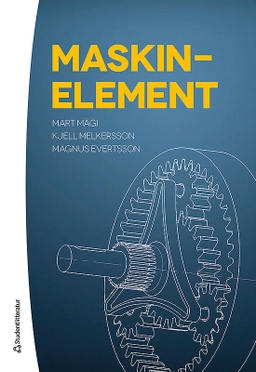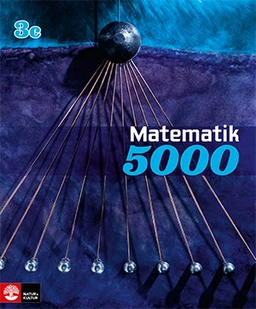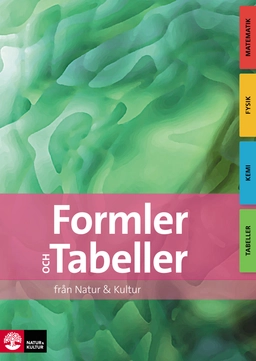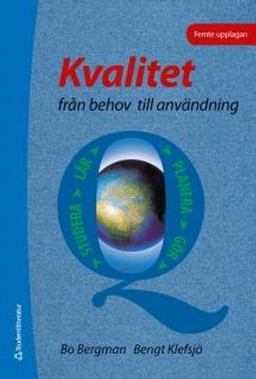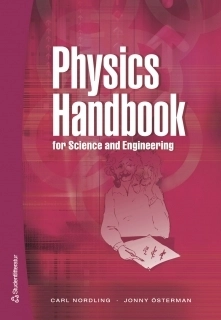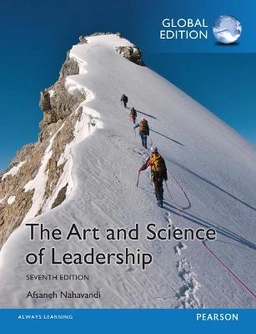the fourth edition in si units of Fundamentals of Thermal-Fluid Sciences presents a balanced coverage of thermodynamics, fluid mechanics, and heat transfer packaged in a manner suitable for use in introductory thermal sciences courses. By emphasizing the physics and underlying physical phenomena involved, the text gives students practical examples that allow development of an understanding of the theoretical underpinnings of thermal sciences. All the popular features of the previous edition are retained in this edition while new ones are added. THIS EDITION FEATURES:a new chapter on power and refrigeration cycles The new Chapter 9 exposes students to the foundations of power generation and refrigeration in a well-ordered and compact manner. an early introduction to the first law of thermodynamics (chapter 3) This chapter establishes a general understanding of energy, mechanisms of energy transfer, and the concept of energy balance, thermo-economics, and conversion efficiency. learning objectives Each chapter begins with an overview of the material to be covered and chapter-specific learning objectives to introduce the material and to set goals. developing physical intuition A special effort is made to help students develop an intuitive feel for underlying physical mechanisms of natural phenomena and to gain a mastery of solving practical problems that an engineer is likely to face in the real world. new problems A large number of problems in the text are modified and many problems are replaced by new ones. Some of the solved examples are also replaced by new ones. upgraded artwork Much of the line artwork in the text is upgraded to figures that appear more three-dimensional and realistic. MEDIA RESOURCES:Limited Academic Version of EES with selected text solutions packaged with the text on the Student DVD. The Online Learning Center (www.mheducation.asia/olc/cengelFTFS4e) offers online resources for instructors including PowerPoint lecture slides, and complete solutions to homework problems. McGraw-Hill's Complete Online Solutions Manual Organization System (http://cosmos.mhhe.com/) allows instructors to streamline the creation of assignments, quizzes, and tests by using problems and solutions from the textbook, as well as their own custom material.
Åtkomstkoder och digitalt tilläggsmaterial garanteras inte med begagnade böcker
